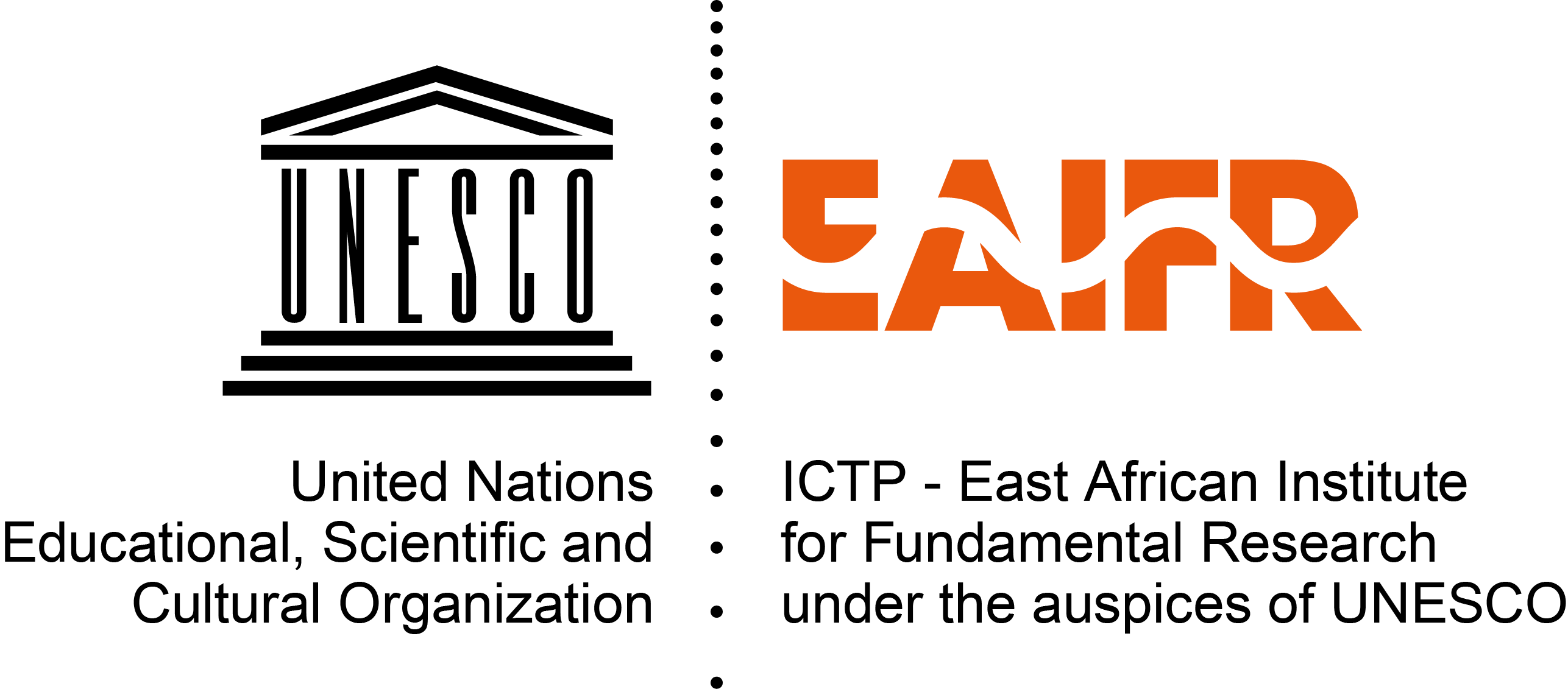ICTP-East African Institute for Fundamental Research
KIST2 Building CST
Nyarugenge Campus
University of Rwanda
Kigali, Rwanda
Krzysztof Szalewicz Seminar
An EAIFR Condensed Matter Group virtual seminar on crystal structure predictions from first principles.
Title: Crystal structure predictions from first principles
Speaker: Krzysztof Szalewicz (University of Delaware, USA)
Date: Thursday, 30 July, 2020, 16:00 -- 17:00 HRS Kigali Time (GMT+2)
Note: Participants are required to register in advance for this meeting here: https://us02web.zoom.us/meeting/register/tZUtdeivrDMsHdzM2za8NejXIYBY_YKj40UT
After registering, you will receive a confirmation email containing information about joining the meeting.
Abstract:
A given molecule can crystallize in several polymorphic crystalline forms. Knowledge of possible crystal structures is critical for developments of pharmaceutical drugs, energetic materials, and in several other fields of science. This is demonstrated, for example, by the problems with ritonavir, an HIV drug (recently tried unsuccessfully to treat COVID-19). The ritonavir polymorph produced in industrial-scale manufacturing had different bioavailability than the one used in clinical trials and ritonavir had to be withdrawn from the market for two year [1].
Experimental search for possible polymorphs is costly, time consuming, and often fails. One would therefore think that computational crystal structure predictions (CSPs) [2] should provide an easy solution to the problem. However, it turns out that this is not the case. Inability of theory to predict crystal structures was revealed by a series of blind tests of CSPs administered by the Cambridge Crystallographic Data Centre (CCDC) since 1999.
The essence of CSPs is to identify the polymorphs most likely to be observed among several hundred thousands plausible arrangements of monomers. Periodic density functional theory (DFT), augmented by some form of dispersion energy (periodic DFT+D), would be able to identify the lowest lattice- energy polymorphs, but it is not possible to perform such a large number of periodic DFT calculations. Therefore, essentially all CSP approaches use force fields (FFs) to filter the initial set of polymorphs first by density and then by lattice energy. Most groups use empirical force fields (EFFs) which are generally not reliable and one may hope that better predictions can be achieved using ab initio derived force fields (AIFF), i.e., force fields fitted to ab initio calculations for dimers and trimers of crystal monomers. The latter approach was introduced by our group some time ago [3, 4] and was successfully used in the 6th CCDC blind test [5]. Our group uses AIFFs developed using symmetry-adapted perturbation theory (SAPT) [6, 7], which were shown to be sufficiently accurate to provide reliable CSPs. Such AIFFs can be developed expeditiously using an automatic FF generation methodology [8, 9].
A recent progress will be described consisting in an extension of CSP lattice-energy minimization codes [10]. The existing codes allow use of only very simple forms of FFs, inadequate for fitting SAPT interaction energies. We have overcome this limitation and are able to quickly scan tens of thousands of candidate structures, leading to a consistent ranking of the experimental polymorph in the top ten for all investigated crystals from the CCDC blind tests. This means that it is sufficient to perform periodic DFT+D calculations only for these 10 crystals.
The ongoing work will be described aimed at removing the remaining limitations of our approach: (a) The SAPT codes have been programmed using novel algorithms [11], which will allow to make CSPs for monomers with about 60 atoms (the present limit is about 25 atoms); (b) Design of a fragmentation method constructing FFs for still larger monomers from FFs of their fragments; (c) Use of the automatic FF developments codes [9] to crystals of monomers with soft intramonomer degrees of freedom.
[1] J. Bauer, S. Spanton, R. Henry, J. Quick, W. Dziki, W. Porter, and J. Morris, Pharm. Res. 18, 859 (2001).
[2] K. Szalewicz, Acc. Chem. Res. 47, 3266 (2014).
[3] R. Podeszwa, R. Bukowski, B. M. Rice, and K. Szalewicz, Phys. Chem. Chem. Phys. 9, 5561 (2007).
[4] R. Podeszwa and K. Szalewicz, Phys. Chem. Chem. Phys. 10, 2735 (2008).
[5] A. M. Reilly et al., Acta Cryst. B 72, 439 (2016).
[6] K. Szalewicz, Wiley Interdisc. Rev.–Comp. Mol. Sci. 2, 254 (2012).
[7] J. Garcia, R. Podeszwa, and K. Szalewicz, J. Chem. Phys. 152, 184109 (2020).
[8] M. P. Metz, K. Piszczatowski, and K. Szalewicz, J. Chem. Theory Comput. 12, 5895 (2016).
[9] M. P. Metz and K. Szalewicz, J. Chem. Theory Comput. 16, 2317 (2020).
[10] R. Nikhar and K. Szalewicz, (2020), manuscript in preparation.
[11] J. Garcia and K. Szalewicz, J. Chem. Theory Comput. (2020), manuscript in preparation.



